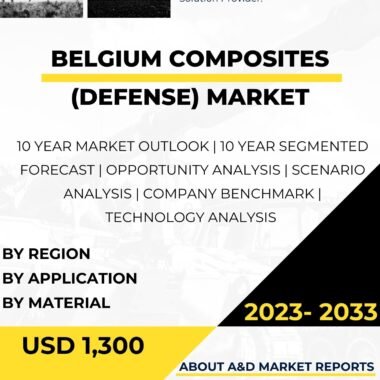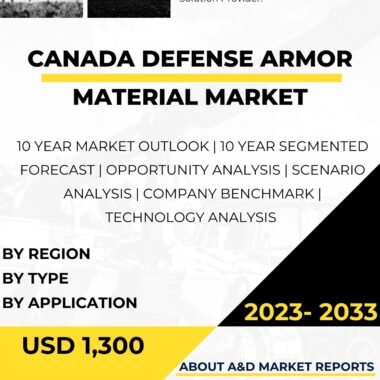Description
The United States Global Blast Protection Market is a rapidly expanding sector dedicated to mitigating the catastrophic consequences of explosions across various industries. This market’s growth is fueled by heightened security concerns, persistent threats of terrorism, and the imperative to safeguard lives, assets, and critical infrastructure.
A fundamental driver of the blast protection market in the United States is the imperative to enhance security in defense and military operations. Explosive devices, including improvised explosive devices (IEDs), pose an ever-present danger to military personnel and vehicles, both domestically and in combat zones. Consequently, there is an escalating demand for advanced blast-resistant technologies to protect soldiers, armored vehicles, and military installations. These solutions range from armored personnel carriers with improved blast resistance to protective gear designed to shield soldiers from shrapnel and blast shockwaves.
The protection of critical infrastructure facilities is paramount to national security. Government buildings, power plants, transportation hubs, and data centers are prime targets for potential attacks. To fortify these critical structures against explosive threats, there is a growing reliance on blast-resistant building designs and materials. These innovative approaches ensure the structural integrity of buildings, protecting occupants and essential functions from the destructive forces of blasts. The United States Global Blast Protection Market plays a pivotal role in safeguarding these vital assets.
The construction industry is a significant contributor to the blast protection market. Developers and architects are increasingly incorporating blast-resistant technologies into their designs to meet safety standards and protect occupants in regions at risk of explosions. This includes the use of blast-resistant glass, structural reinforcements, and specialized coatings to minimize damage and injury in the event of a blast. As urbanization continues to grow, the demand for such protective measures in construction is expected to increase.
Advancements in materials science and engineering have driven innovation in the blast protection market. Manufacturers are continually developing lighter yet stronger materials to improve the effectiveness of blast-resistant products. The integration of smart technologies, such as sensors and monitoring systems, has also enhanced the real-time detection and response to explosive threats. These technological advancements have not only improved the efficacy of blast protection solutions but have also increased their adaptability to a wide range of applications.
Government regulations and standards play a crucial role in shaping the blast protection market. Regulatory bodies, such as the Department of Defense and the Department of Homeland Security, establish stringent requirements for blast-resistant materials, products, and building designs. Compliance with these standards is essential for suppliers and manufacturers, ensuring the quality and reliability of blast protection solutions.
In conclusion, the United States Global Blast Protection Market is a dynamic and evolving sector at the intersection of security, defense, and construction. It serves as a critical component in the effort to safeguard lives, assets, and infrastructure from the devastating impact of explosions. As security concerns persist and technological advancements continue to drive innovation, this market is poised for sustained growth, offering solutions that enhance safety and resilience across a wide range of applications in an increasingly uncertain world.




